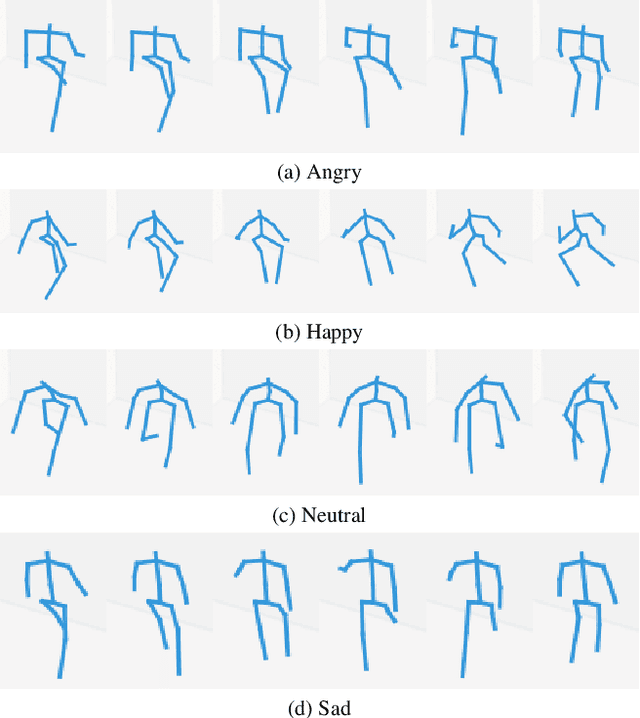Estefania Talavera Martinez
Indoor scene recognition from images under visual corruptions
Aug 23, 2024Abstract:The classification of indoor scenes is a critical component in various applications, such as intelligent robotics for assistive living. While deep learning has significantly advanced this field, models often suffer from reduced performance due to image corruption. This paper presents an innovative approach to indoor scene recognition that leverages multimodal data fusion, integrating caption-based semantic features with visual data to enhance both accuracy and robustness against corruption. We examine two multimodal networks that synergize visual features from CNN models with semantic captions via a Graph Convolutional Network (GCN). Our study shows that this fusion markedly improves model performance, with notable gains in Top-1 accuracy when evaluated against a corrupted subset of the Places365 dataset. Moreover, while standalone visual models displayed high accuracy on uncorrupted images, their performance deteriorated significantly with increased corruption severity. Conversely, the multimodal models demonstrated improved accuracy in clean conditions and substantial robustness to a range of image corruptions. These results highlight the efficacy of incorporating high-level contextual information through captions, suggesting a promising direction for enhancing the resilience of classification systems.
ST-Gait++: Leveraging spatio-temporal convolutions for gait-based emotion recognition on videos
May 22, 2024



Abstract:Emotion recognition is relevant for human behaviour understanding, where facial expression and speech recognition have been widely explored by the computer vision community. Literature in the field of behavioural psychology indicates that gait, described as the way a person walks, is an additional indicator of emotions. In this work, we propose a deep framework for emotion recognition through the analysis of gait. More specifically, our model is composed of a sequence of spatial-temporal Graph Convolutional Networks that produce a robust skeleton-based representation for the task of emotion classification. We evaluate our proposed framework on the E-Gait dataset, composed of a total of 2177 samples. The results obtained represent an improvement of approximately 5% in accuracy compared to the state of the art. In addition, during training we observed a faster convergence of our model compared to the state-of-the-art methodologies.
High-Level Context Representation for Emotion Recognition in Images
May 05, 2023



Abstract:Emotion recognition is the task of classifying perceived emotions in people. Previous works have utilized various nonverbal cues to extract features from images and correlate them to emotions. Of these cues, situational context is particularly crucial in emotion perception since it can directly influence the emotion of a person. In this paper, we propose an approach for high-level context representation extraction from images. The model relies on a single cue and a single encoding stream to correlate this representation with emotions. Our model competes with the state-of-the-art, achieving an mAP of 0.3002 on the EMOTIC dataset while also being capable of execution on consumer-grade hardware at approximately 90 frames per second. Overall, our approach is more efficient than previous models and can be easily deployed to address real-world problems related to emotion recognition.
 Add to Chrome
Add to Chrome Add to Firefox
Add to Firefox Add to Edge
Add to Edge